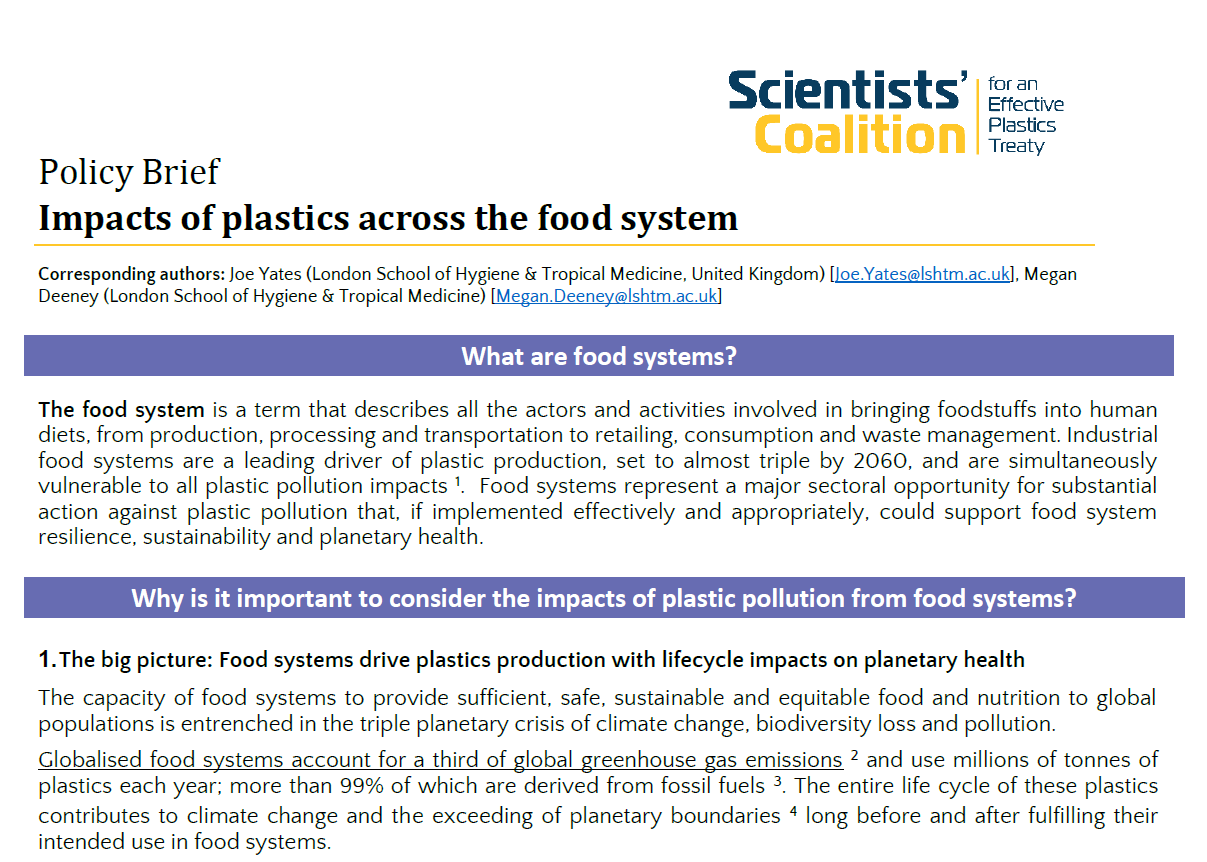
IMMANA researcher Claire Dooley, co-authored a paper that studied the availability and geographic location of open-source food composition data used to estimate micronutrient intakes in sub-Saharan Africa (SSA). The scoping review revealed that there are mineral data gaps in food composition tables and that more than 60% of mineral values were borrowed from other food composition tables.
Estimates of dietary micronutrient intakes rely on food composition data. Reliable data on the micronutrient composition of foods, food consumption patterns and dietary intakes of micronutrients can support the design of programmes and policies to alleviate micronutrient deficiencies. The present scoping review assessed the availability and geographic origin of five minerals (calcium, iron, iodine, selenium and zinc) in publicly available food composition tables/databases (FCTs) for use in SSA. The review was conducted following PRISMA guidelines, in which four databases (MEDLINE, Embase, Global Health and Africa Wide Information) and four online resources were searched to identify published FCTs for use in SSA.
The research unveiled that local food composition analytical data is limited, with poor documentation of the data sources and the geographic origin of samples. While several groups have been compiling national food composition tables and databases, limitations remain. For example, nutrient values are typically borrowed from the FCTs of other countries, which is inaccurate due to spatial variation in crop composition, as well as differences in food fortification policies and local food preparation and cooking practices. 19 publicly available FCTs were identified, with the highest geographic coverage in Eastern Africa (45% of countries) and lowest coverage in Central Africa (12% of countries). Metadata were insufficient to identify the geographic location of 79% of the values. These gaps lead to considerable uncertainty in dietary micronutrient estimates. New data structures and improved metadata are required to capture and report geographic information in publicly available FCTs, and to accommodate a new generation of spatially-resolved food composition data.
Researcher Lucia Segovia de la Revilla will be presenting her findings in the poster on "Food composition data: A transparent open framework to compile reproducible food composition tables and databases” at ANH2023, on 29 June in the session of Mini poster presentations and poster viewings, which will run from 11:00 to 12:15 CAT. Register so you don't miss it! You can also find more information on this ANH2022 Parallel thematic session: Mapping food systems and food environments.




